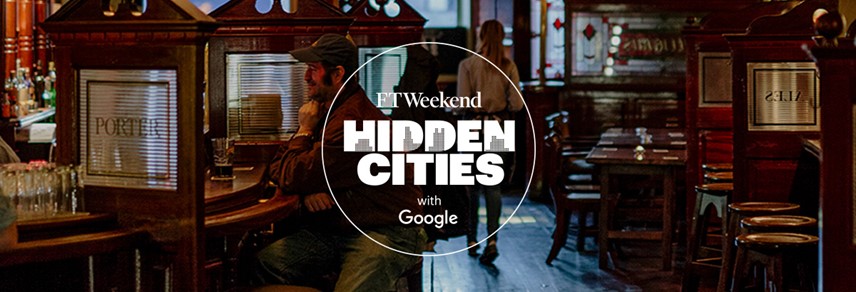
IN DUBLIN'S FAIR CITY
“In Dublin’s fair city/Where the girls are so pretty/I first set my eyes on sweet Molly Malone.” So begins the song often regarded as the unofficial anthem to the city of Dublin, Ireland. In myth, the words echo around the capital’s cobbled streets; it’s a chant which has traversed the Irish Sea to be sung at many a football fixture. Yet this tradition is a mere beginning to Ireland’s historic association with words, a country which offers the world a plethora of writing flair.
From James Joyce and his enduring classic, Ulysses, to avant-garde poet and playwright Samuel Beckett, to persecuted novelist Oscar Wilde, the Emerald Isle has given rise to some of the most celebrated literary talent of the past few centuries. In a bid to ensure Dublin’s role in this literary awakening remains at the forefront of minds of residents and visitors alike, the Financial Times in partnership with Google has launched a project focusing on Ireland’s tradition of producing crime writers, as well as their relationship with the country’s literary heritage.
The virtual reality (VR) project, entitled ‘Dublin in the Dark: the Story of Emerald Noir,’ examines tensions between Dublin’s past and present. Through the insight of VR technology and video, the viewer gets to explore Dublin; with narration by Irish author Tana French, the emerald noir truly comes to life.
Developed by virtual reality production studio, Visualise, a recently launched website offers a unique insight to a place with such interesting history and depth of character. Henry Stuart, CEO of Visualise, says, “Dublin in the Dark is a deep piece of content that looks into one of the unexpected outcomes of the recession in Ireland. As such the locations we visited and the complexity of the story were far removed from typical 360 video productions. It was a pleasure to get our teeth into such a meaningful piece of VR content.”
For Dublin in the Dark, a tangible experience is exacerbated through a focus on its mixture of heritage and hedonism to create an immersive atmosphere. Events such as the 2008 financial crash has affected Ireland particularly, and inspired a new legion of crime writers based in Dublin.
Natalie Whittle, associate editor of the FT Weekend Magazine at the Financial Times, and editorial lead on Hidden Cities, says, “Using VR technology has enabled us to be more creative in our documentary approach and enhance parts of the city that are normally inaccessible. Since the economic crash in 2008, crime writing has flourished in Dublin, and we were keen to show how this literary genre fits into the broader changes, both social and economic, that Dublin has experienced over the past 20 years.”
The Hidden Cities concept, developed by London-based communications agency, adam&eveDDB, is not solely confined to Dublin, with Rio, London and Brussels also transferred to 3D. The project aims to communicate a different side of cities to an interested audience, raising awareness of the political and cultural makings of some of the world’s most famous capitals.
Enjoy the video here.
